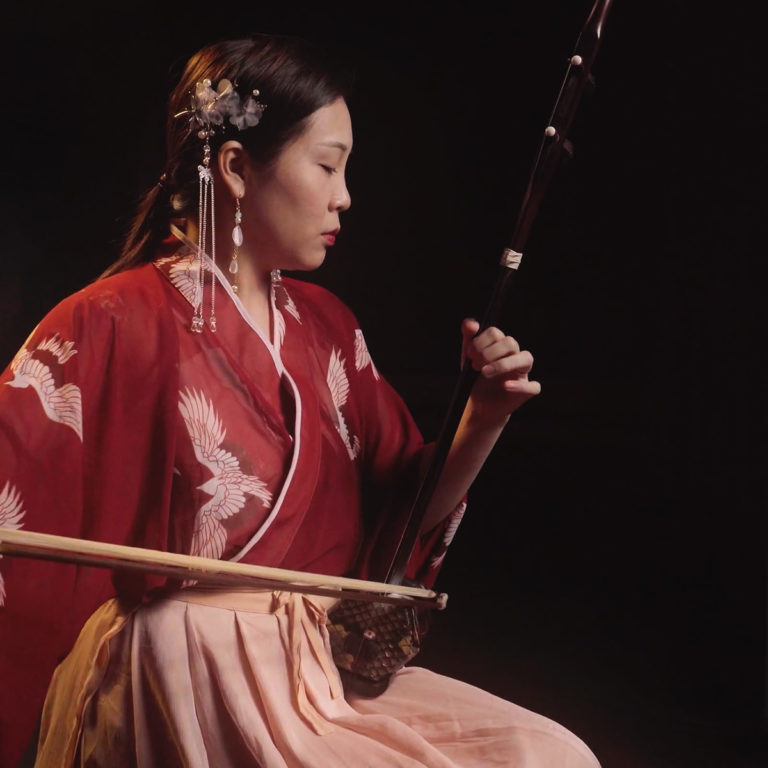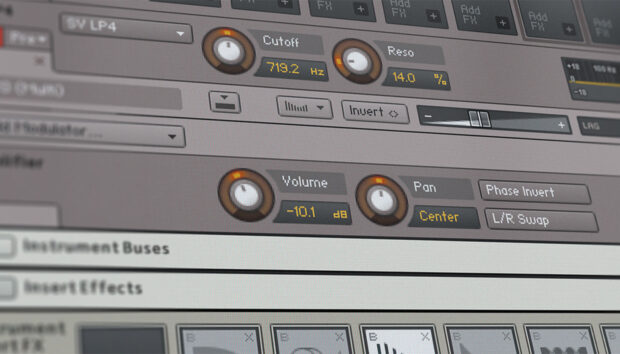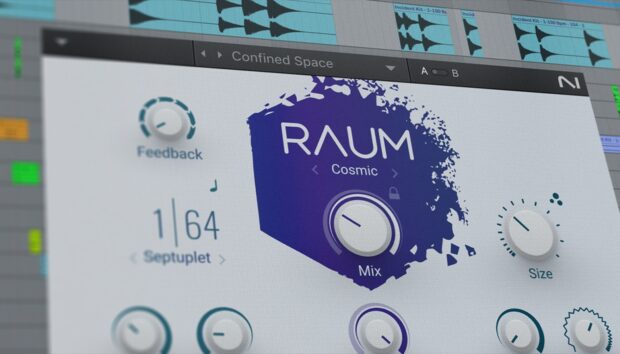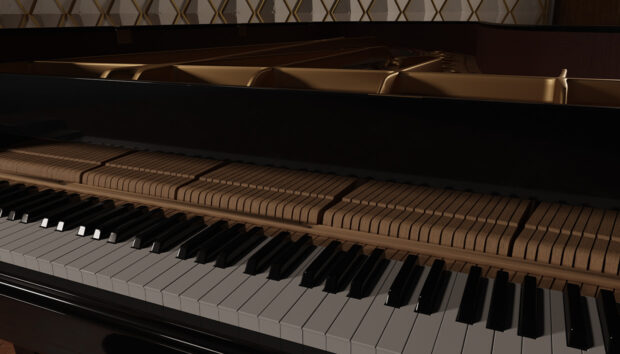The history of Chinese music must be approached with a certain reverence. There can’t be many other countries that have a musical lineage with such a rich tapestry; roots reaching back through dynasties and ancient societies. Archeologists have discovered Asian bone flutes, chimes and bells dating back over 8000 years. Ancient artworks show instruments not dissimilar to those in modern Chinese music and there is a great deal of symbolism and religious significance attached to musical themes and instrument construction. Originally reserved for nobility, the music of China slowly moved from royal court performances into public theatres and households. Thanks to centuries of relative isolation, Chinese music has developed its own recognisable style. Yet throughout intense periods of border conflict, the country has also taken on influences and instrumentation from its neighbours.
The 5-note pentatonic scale of Chinese music is instantly apparent and features heavily within all musical styles. In fact, certain instruments are specially tuned to that scale, whereas others have evolved to perform chromatically. This makes Chinese string and wind traditions especially fun to combine with Western instruments. Percussion instruments are also prolific, with over 75 officially recognised variations, and that’s where we’ll begin our journey…
Percussion
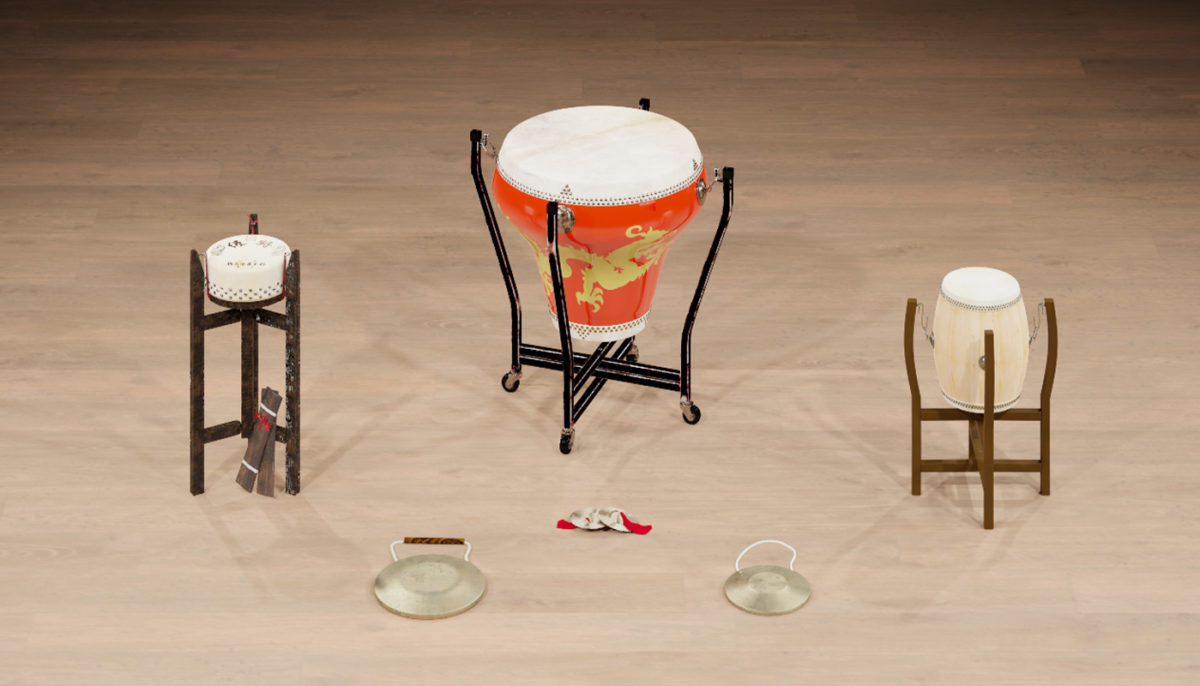
The percussion selection of East Asia contains instruments that are typical of the styles of Chinese music. High-pitched drums and sharp metallic tones from cymbals or wood blocks are characteristic of the country. These percussion instruments feature heavily throughout many common genres of performed music: Dramatic Chinese Opera, touring musicians performing in the Luogu style, spoken word Kuaibanshu accompaniment and more crowd-pleasing Beiguan works. These various forms of Chinese music each have specific sets of percussion instruments associated with them. In East Asia you can load the Chinese Ensemble patch and use the Mixer page to balance the instruments against one another, creating your own unique ensemble combinations. Alternatively, choose to play individual percussion instrument patches with a greater range of expression.
Globally, the drum is the oldest of all musical instruments. In Chinese, “Gu” denotes the word “drum” and is the suffix for many variations of the instrument. An adjective is added to refer to a specific size of drum. Hence, Dagu means big drum, and that roughly corresponds to the size of a Western marching band bass drum. Xiaogu denotes a smaller drum, closer in size to a tom. Depending on where the drum is struck (on the head or rim) different tones can be produced, which is why we’ve sampled multiple articulations within East Asia.
Much like the language used from drums, “Luo” is the catch-all Chinese term for gong instruments, having a great significance to the people of East Asia. Originally used for ceremonial purposes, gongs became integrated into Chinese music many centuries ago, usually in two variations: smaller with rising pitch (Xiaoluo) and larger with falling pitch (Daluo). East Asia also contains medium and large cymbal instruments, unique sounds that can ring out or be muted to embellish many genres of Chinese music.
Dizi
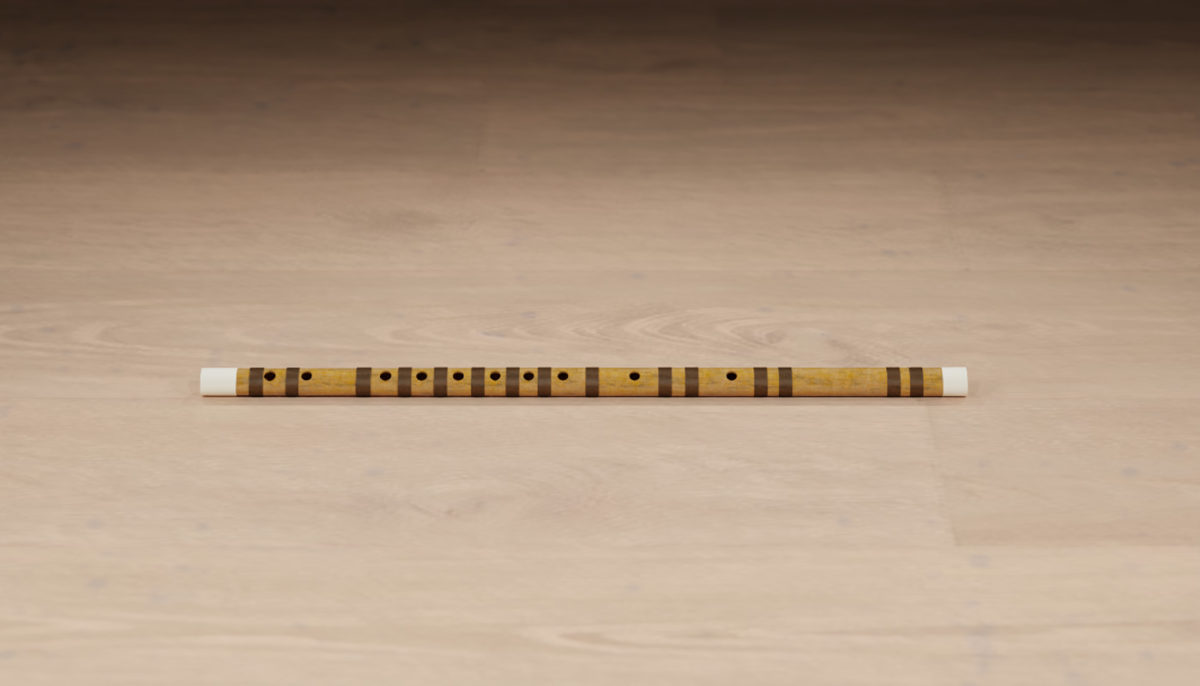
Flutes are among the oldest instruments humankind has made and played. Although side-blown flutes have been performed in China for over 9000 years, the current construction of the Dizi is somewhat more modern due to the addition of a special buzzing membrane. This thin membrane marks the Dizi out from other similar flutes as it introduces overtones and increases the volume of the instrument, resulting in the sound of the Dizi cutting through busy orchestration. Normally tuned to a traditionally Chinese pentatonic major scale, the Dizi has undergone many transformations in its history. This includes some models being tuned to equal temperament to more easily be integrated into Western music. Chromatic playing of traditional models is possible with skilled players half-covering the 6 finger holes. However, most professional performers will often own several instruments tuned to different keys. Like all of the chromatic instruments of East Asia, the Dizi can be switched into a variety of different scales, with notes and ornament keys coloured to help you recognise the playable notes of the scales.
Erhu
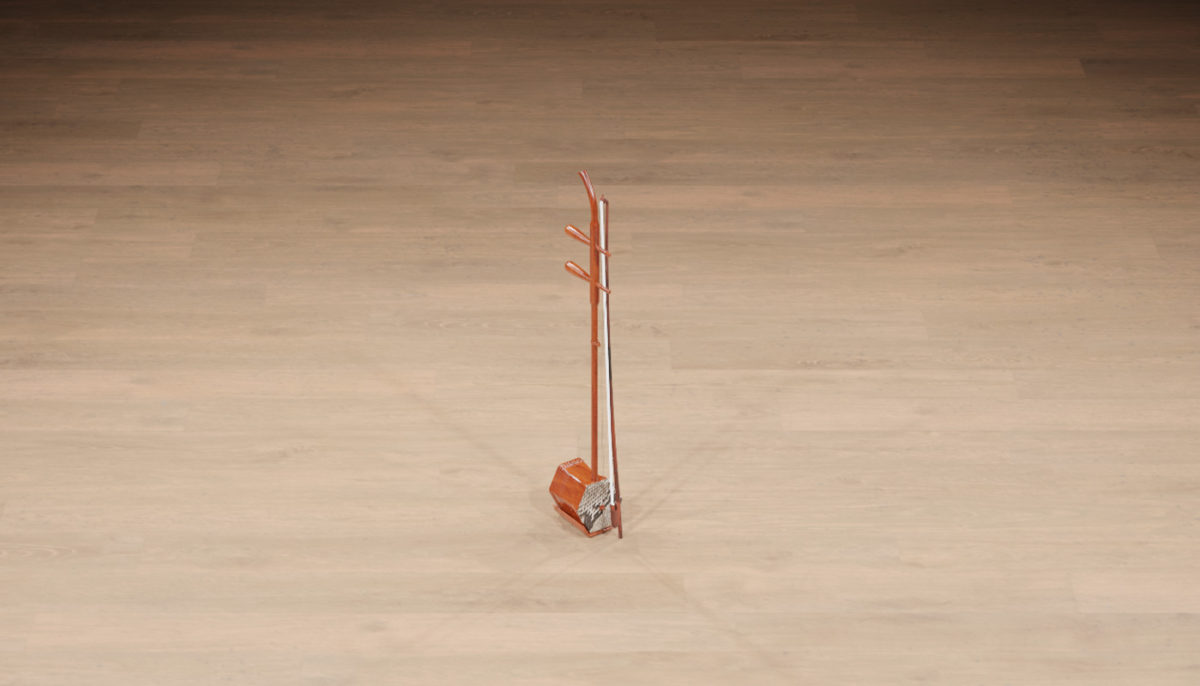
The Erhu is one of the most commonly heard Chinese instruments and is very versatile, regularly used for many genres from pop to folk. It is a double stringed violin-like instrument played with a bow. The two strings are actually tuned to D4 and A4, the same as the two centre strings of a violin. Because of this similarity, the sound of the Erhu blends exceptionally well with Western orchestral instruments. From harsh and scratchy, to smooth and sweet, the Erhu can produce a great range of different timbres and is said to represent the human voice. The strings are held at quite a distance from the resonator and neck of the instrument, allowing for a huge range of manipulation to create vibrato and pitch slides. Be sure to check the Mapping menu of East Asia to discover which keyswitches are assigned to play Portamento, Slide, Bend and Mordent articulations, adding realistic pitch bends to your own compositions.
Guzheng
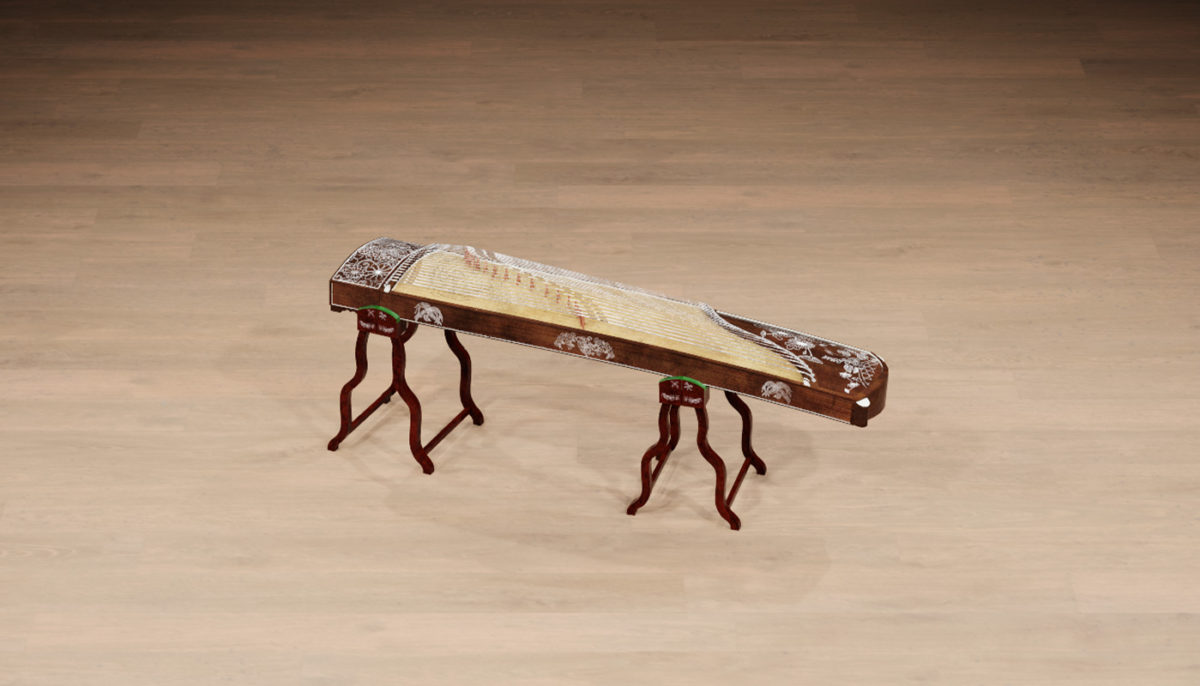
At around 2500 years old, the Guzheng is the grandfather of many types of Asian zithers. The large resonant soundboard has 13 strings stretched across it, tuned to a pentatonic scale. Each string is plucked with false nails attached to the fingers, similar to banjo picks. To play notes outside of the traditional scale the player must press down on the strings to raise the pitch, often bending the note in the process, giving the Guzheng its distinctive sound. Variations on tone and colour can be achieved by plucking nearer or further from the bridge with the right hand, or manipulating the strings for vibrato, mutes and harmonics with the left hand. These articulations can be found within East Asia’s Guzheng, along with distinctive tremolo techniques via the Performance Slider or keyswitches, to create a more sustained feel.
Guqin
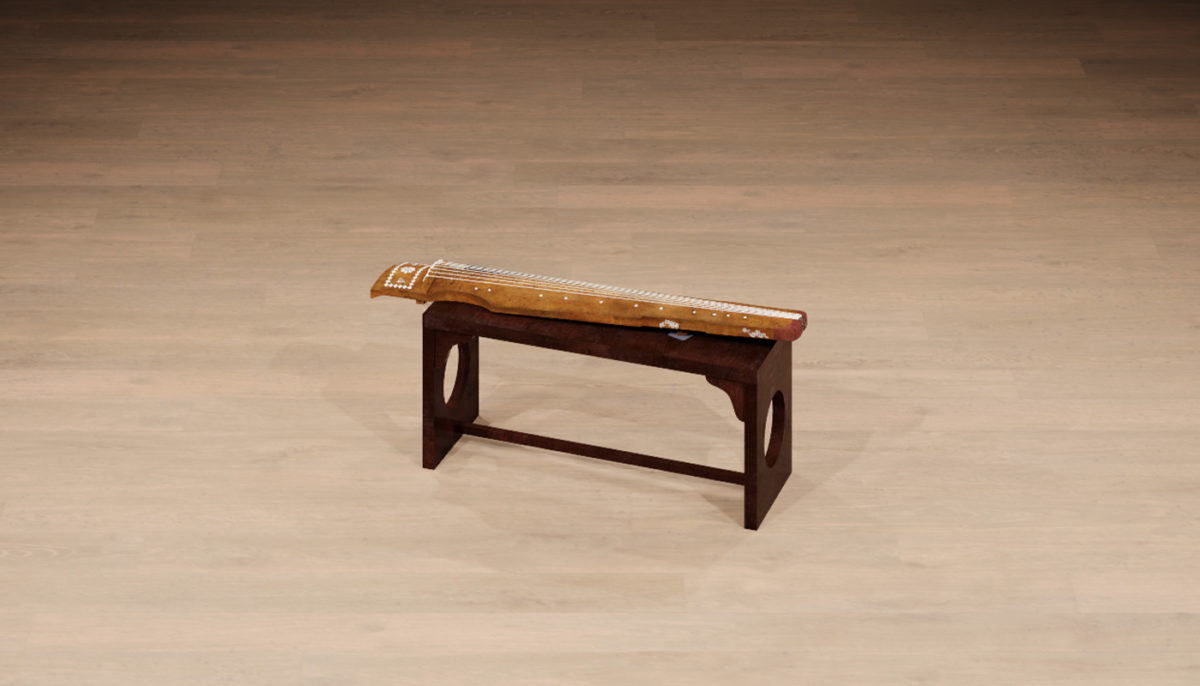
The Guqin, or simply Qin, is more than just another musical instrument. It represents a cultural touchstone for Chinese people with a great significance. With a long history, wrapped in 3000 years of symbolism and reverence, the Guqin is known as an instrument of restraint and moderation with a structure designed to play delicate timbres. Essentially a chordophone (the same family as guitars and violins) the instrument has 7 strings stretched over a fretless soundboard, similar to an acoustic upright bass. The Guqin range sounds over 4 octaves and, like the Guzheng, it is tuned to a pentatonic scale. It has a wide range of tones available for each string because there is no central bridge. Over the centuries, playing styles have become increasingly complex with over 50 defined techniques and a fascinating traditional notation system. East Asia captures the most popular articulations including slides, harmonics and dampened notes and the authentic Phrases & Patterns give an insight into more elaborate playing styles.
Pipa
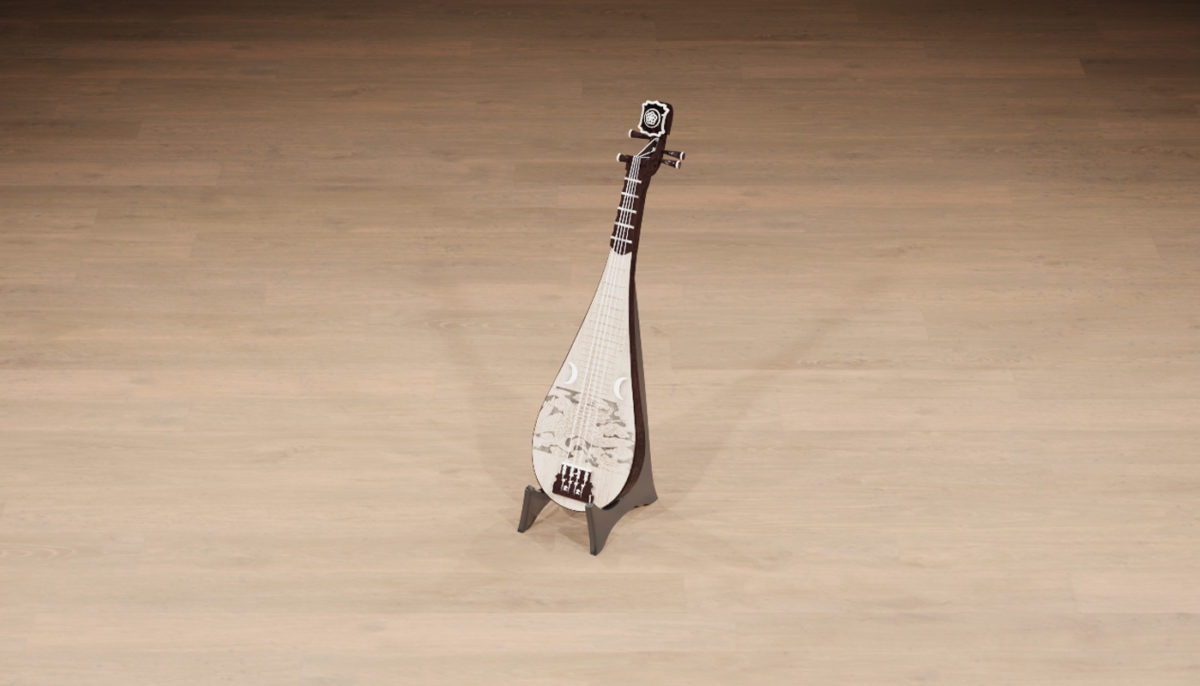
The Pipa features heavily in Chinese tradition, with sculptures and artwork depicting Pipa-playing warriors. Wang Zhaojun, one of the four beauties of ancient China, is frequently shown playing a traditional Pipa. One of the most enduring works in Chinese theatre is named “Story of the Pipa”. This stringed instrument is especially imposing in look and tone. Resembling a large pear-shaped lute it has 4 metal strings tuned to A-D-E-A and around 30 frets. The large spacing between each string means that expressive plucking and pitch bending are common playing techniques. Skilled performers can use a technique named ‘Lunzi’, a dense rolling tremolo with all fingers playing at speed. Percussive and cymbal-like effects can be achieved by striking the soundboard or twisting the strings, which we’ve included in the Pipa samples of East Asia, assigned to two FX keyswitches.
Yangqin
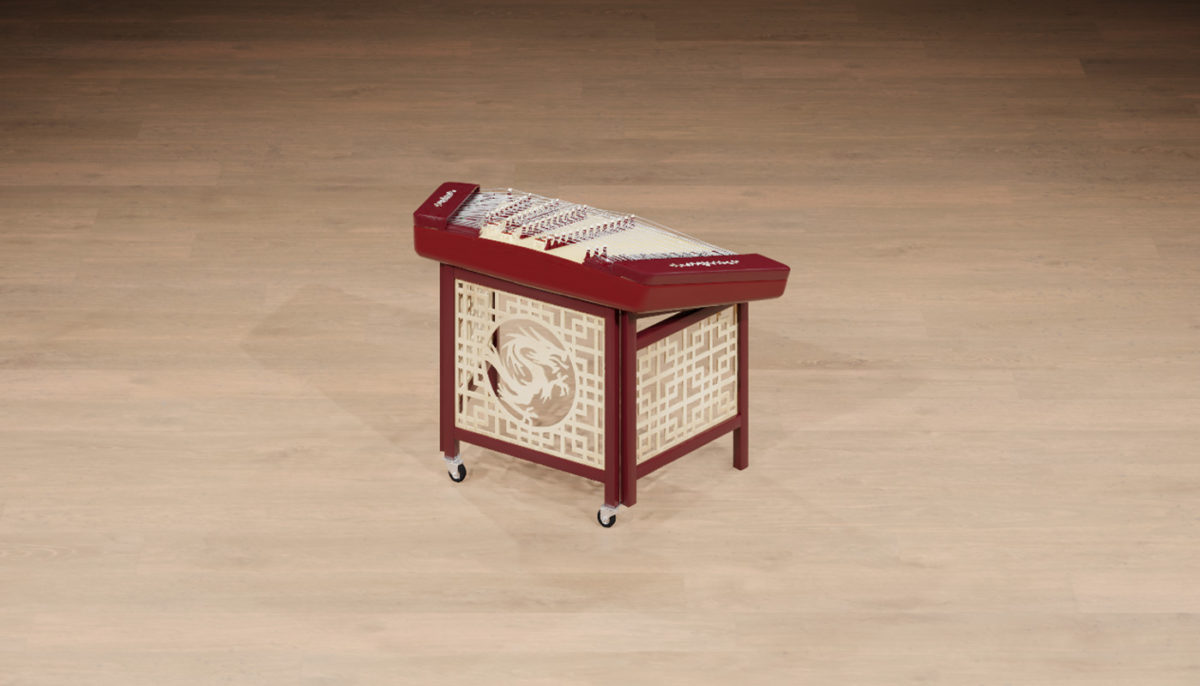
This is the youngest instrument within the East Asia collection, at a mere 500 years old. The best way to imagine the construction of the Yangqin is as a kind of horizontal piano, complete with multiple strings per note and felt damping. Instead of the strings being struck with piano hammers, they are played with bamboo beaters. The 144 strings cover the range of just over 4 octaves. Each chromatic note has up to 5 strings tuned to the same pitch for a pleasingly rounded tone. The flexibility and elasticity of the bamboo beaters means that quickly played tremolo rolls are easy to play, many variations of which have been captured for East Asia. You can also introduce tremolo via the Performance slider and modwheel of your keyboard. The real-life performer can add expression by damping the notes with either their hands or a pedal, which holds felt pads against the strings. Within East Asia this is achieved by using the Sounding Notes interface control or keyswitch B1.
Learn more about SPOTLIGHT COLLECTION: East Asia and hear all the instruments over on our online shop.








